Metal buildings may have originated as warehouses and carports, but today they’re used for everything…
External Waterproofing for Steel Buildings
Moisture control begins with external waterproofing. While brand new metal carports are designed and installed with tightly fitting seams that resist most rainfall and storm water sources, they're not necessarily sealed to the foundation to keep out flood waters. Buildings that are used to store delicate items, provide housing for livestock, or protect collectible vehicles under restoration should all receive extensive waterproofing to ensure hard winds can't drive rain upward or through seams between side panels.Considering Potential Sources of Leaks
The roof of a new metal building rarely needs any additional waterproofing. As the panels age, they contract and expand thousands of times per year due to daily heating and cooling cycles over the day and night. This eventually leads to small gaps between roof and wall panels that can allow wind-driven rain to leak in while normal rainfall is still properly reflected. New metal buildings tend to feature tight and waterproof seams along their side panels and gable ends but may still experience leaks due to rising and standing water around the building. Sealing the seams around the first few feet of the walls can add protection against flooding. The point where the metal building meets the base or foundation is the most common source of water leaks, even during normal rainstorms. This is the most essential point to seal and waterproof, even if you don't need any additional work on the rest of the metal carport to keep it dry.Choosing the Right Sealing Methods
There are four main methods used for waterproofing metal carports and similar structures. Each method works best in certain parts of the building or under specific conditions, so you may need to mix and match a few sealing methods for the same steel building.- Pre-Cured Silicone Sealants: Thick strips of cured silicone are attached over joints and other areas of high expansion with a strong liquid sealant. There's no need to penetrate the metal to attach the material and properly installed sealants can last for 20 years or longer. However, this is also one of the most expensive ways to seal a large gap or extensive areas like the lower wall seams.
- Membrane and Fastener Sealant Systems: Flexible sheets of elastomeric membranes are wrapped over large gaps and areas with a lot of expansion movement and attached firmly every 1.5 inches with durable fasteners. This is the strongest and most movement-resistant sealant option, but you'll need to maintain it since the fasteners can create leaks if they rust away. It's also the most expensive and time-consuming sealing method.
- Liquid Elastomeric Sealants: These sealants are easy to spread on with a brush or trowel, but they're also more prone to cracking from expansion and contraction pressures. If you want to fill a large gap or bridge a long seam, you'll need a tape or other reinforcement mesh to support the liquid sealant. These products are affordable and are the easiest option for DIY metal building sealing.
- Pressure-Sensitive Adhesive Tapes: As a mid-priced sealant option, many adhesive tapes offer the best balance of filling in expansion gaps without costing as much as high-end silicone or membrane installations. There are dozens of backing and foam material combinations with varying prices and durability levels. These tapes won't work for roof-to-wall and wall-to-foundation transitions either.






